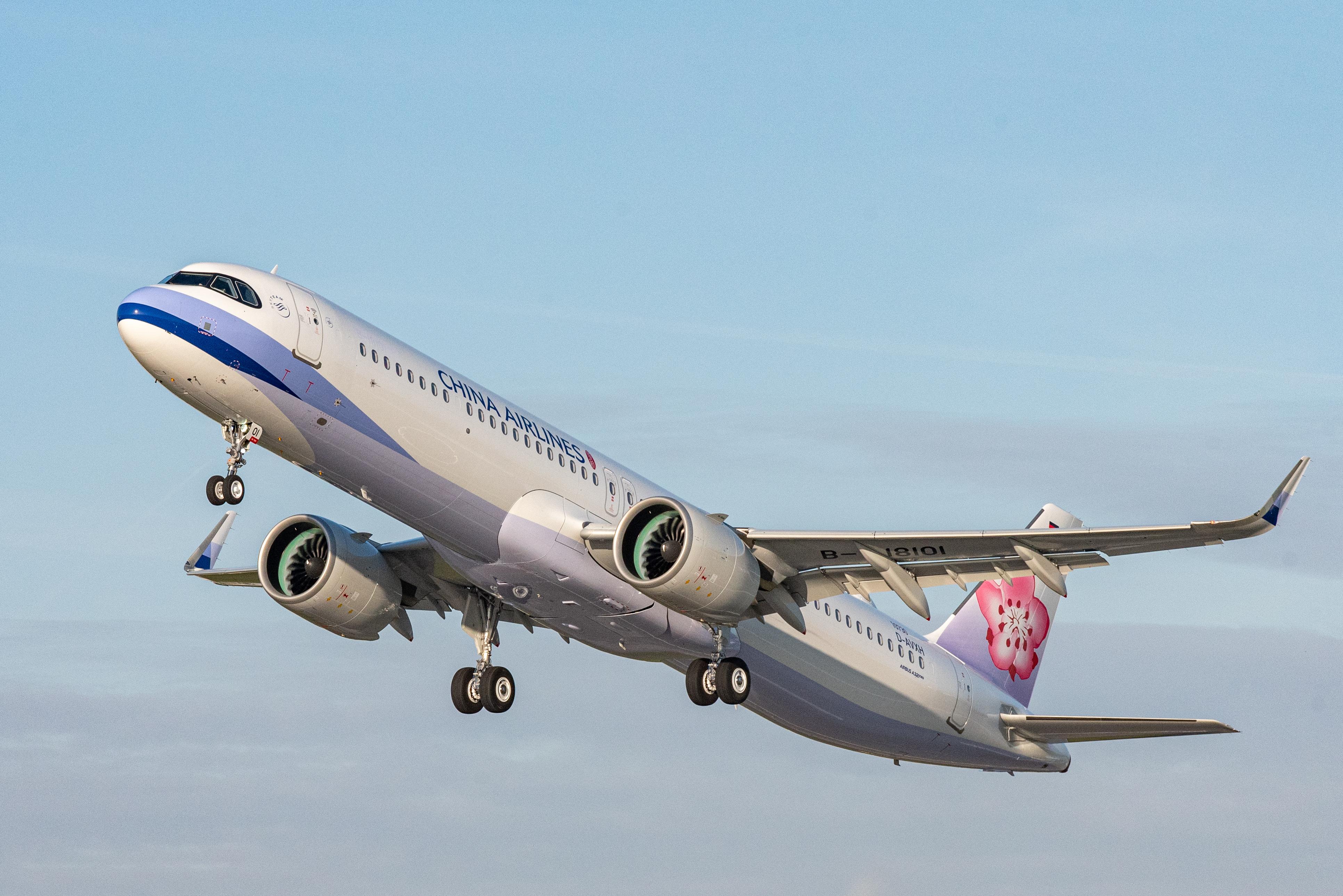
Two new destinations in Southeast Asia will join China Airlines’ network over the coming months as the carrier eyes a rebound in leisure demand and the potential to grow transit traffic through its Taiwan Taoyuan (TPE) hub.
The first of the two new routes will take off on Dec. 1, connecting Taipei with Cebu (CEB) in the Philippines. Flights on the 1,666-km (899-nm) sector will be four times per week, operating on Mondays, Tuesdays, Thursdays and Saturdays.
Cebu will become China Airlines’ second destination in the Philippines alongside the capital Manila (MNL). Flights between TPE and MNL are currently operating twice a week, but frequencies will double from October.
The carrier originally planned to launch a nonstop Taipei-Cebu service in March 2020, but the route failed to materialize due to the onset of the pandemic. OAG Schedules Analyser data shows that competition will be provided by EVA Airways and Starlux Airlines, both of which will be offering daily flights once China Airlines enters the market.
The second new route will link Taipei with Chiang Mai (CNX) in Thailand, the host city for Routes Asia 2023. Flights will begin on Jan. 20, 2023, operating four times per week. Both the Chiang Mai and Cebu will be served using a 180-seat Airbus A321neo aircraft in a two-class configuration.
The 2,396-km (1,294-nm) route to Chiang Mai will become China Airlines’ second to Thailand alongside its existing service to Bangkok Suvarnabhumi (BKK), which is served up to three times per day. The airline will become the third in the TPE-CNX market, with EVA Airways and Thai AirAsia each set to resume daily flights between the destinations at the start of the northern winter 2022/23 season.
“China Airlines' overall passenger flights in the fourth quarter will increase by 30%, of which routes to Southeast Asia will increase significantly by 50%,” the carrier said in a statement. “In the peak season of the Lunar New Year at the end of January next year, a total of 17 passenger routes in Southeast Asia will be operated, providing Taiwan passengers with multiple options for traveling abroad.”
The airline add that it remains “optimistic” about the business and tourism market for Southeast Asian routes, and said it expects the Cebu and Chiang Mai services to increase transfer traffic through TPE.
For the week commencing Sept. 12, 161,300 seats are available across China Airlines’ network, equivalent to 48% of the capacity offered at this time in 2019. A total of 35 nonstop routes are currently operating, down from 81 three years ago.
In late August, the carrier announced the purchase of 16 Boeing 787-9s, with deliveries expected to commence in 2025. The aircraft will become the mainstay of its medium capacity widebody fleet and enable new medium- and long-haul markets to be added.
China Airlines currently operates 86 passenger and cargo aircraft, including A350-900s, 777-300ERs, A330-300s, 737-800s and A321neos. These comprise 65 passenger aircraft as well as 21 747-400F/777F cargo aircraft.
The A330-300s will be phased out with the introduction of the new 787-9 aircraft in accordance with a fleet revitalization plan. The order with Boeing also includes options for eight more aircraft as well as conversion to the higher-capacity 787-10 model.
